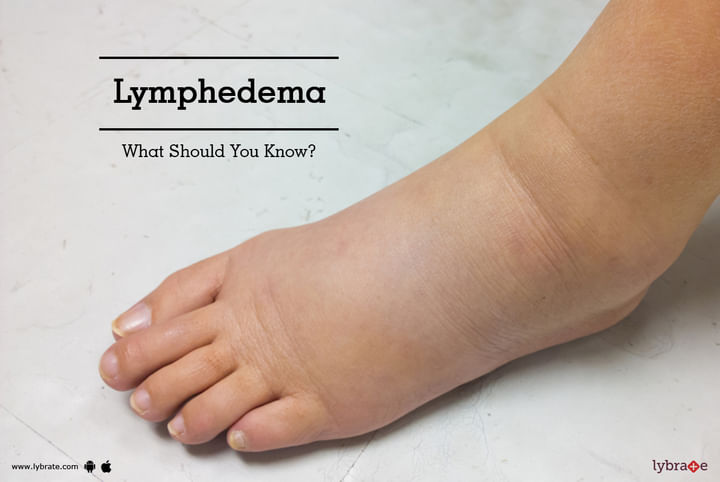Lymphedema - What Should You Know?
Lymphedema is a condition that typically affects the arms and legs. The most common cause of this condition is damage to the lymph nodes or their removal as part of a cancer treatment program. There is no known cure for this condition. However, surgeries such as Vascularized lymph node transfer surgery may help deal with it better.
Vascularized lymph node transfer surgery involves replacing the affected lymph nodes with healthy lymph nodes from other parts of the body. This allows blood to flow more easily and restores or augments the lymphatic drainage system. In most cases, the healthy lymph nodes are harvested from the patient’s groin. This procedure is relatively new, and its limits are still being explored by doctors. In cases of breast cancer that causes lymphedema in the upper limbs, this procedure may be performed along with breast reconstruction.
To be a viable candidate for this procedure the patient must have maximized control over lymphedema through other forms of lymphedema therapy. This therapy will need to be restarted after the surgery to ensure good results. The lymphedema diagnosis should also be less than 5 years old such that the patient’s lymphedema is in its early stages.
As with any other surgical procedure, there are certain risks associated with this procedure. These can include:
- Reaction to anesthesia
- Bleeding
- Infection
- Scarring at the site and poor healing
- Damage to adjacent blood vessels
- Nerve damage that can cause a temporary loss of sensation
- Muscle weakness
- Numbness ta the sites from where healthy lymph nodes were harvested
- Risk of Lymphedema in the area where the lymph nodes were harvested from
After the surgery, the patient will need to keep pressure off the site where the lymph nodes have been transferred. The surgery site may be bandaged but compression garments will not need to be worn. On being discharged the patient may resume normal activities such as driving and work. High-intensity exercises that involve the use of the operated limb should be avoided for at least a month after the surgery.
Compression garments should not be used until recommended by the doctor or a minimum of 2 weeks post-surgery. They will also need to schedule review consultations with the doctor. The schedule followed usually involves check-ups after 2 weeks, 1 month, 3 months, 6 months, 9 months and 1 year.



+1.svg)
